The digital age has introduced a new wave of expressions that don’t rely on traditional language but instead on abbreviations, symbols, and emoticons. One such widely-used shorthand is “XD”, often seen in texts, chats, and comments across social platforms. But what exactly does XD mean in text, and how should it be interpreted depending on the tone and context?
This article takes a deep dive into the true meaning of “XD” in text and conversation, its subtle emotional layers, and polite, professional, and casual alternatives you can use to express similar sentiments. Whether you’re writing to a close friend, a colleague, or someone you just met online, understanding this expression—and knowing what to say instead—can refine your communication skills significantly.
What Does “XD” Mean in Text?
At its core, XD is a textual representation of a laughing face. If you rotate the letters 90 degrees to the left:
- X represents tightly shut, squinting eyes (from laughing hard).
- D forms a wide-open mouth, mimicking someone in a hearty laugh.
In short, “XD” is an emoticon that expresses:
- Laughter
- Amusement
- Playful tone
- Lighthearted reaction
Quick Summary of XD:
- Stands for: No official abbreviation, but visually means a laughing face.
- Tone: Informal, humorous, friendly.
- Used in: Chats, memes, comments, and casual texts.
- Not suitable for: Professional or formal communication.
Is XD a Word or a Slang?
Technically, XD is not a word; it’s an emoticon—a non-verbal cue embedded in digital text that visually conveys emotion. It functions like an emoji but is built with keyboard characters. You’ll often find it in:
- Online gaming chats
- Social media comments
- Informal texting with friends or siblings
Its non-standard form makes it unsuitable in professional communication, especially in emails or business reports. That’s why knowing contextual alternatives is crucial.
When Should You Use “XD”?
Use “XD” when you want to add a humorous, light-hearted tone to a conversation. It’s best suited for situations where:
- You’re joking with a friend
- You’re reacting to something funny
- You want to show you’re not being too serious
✅ Examples of when it’s appropriate:
- “That meme was hilarious XD”
- “You really did that? XD”
- “Can’t stop laughing XD”
When NOT to Use “XD”
While it’s a common expression online, “XD” can feel out of place or even unprofessional in certain contexts.
❌ Avoid it in:
- Business emails
- Academic discussions
- Communication with clients
- Interviews or formal chats
Instead, you should use polite or context-appropriate expressions to convey laughter or friendliness without sounding casual or unserious.
Why Understanding XD Alternatives Matters
Emotional expressions are key elements in human communication—even online. But the tone must fit the context. Knowing alternatives to “XD” helps you:
- Sound more polished in professional environments
- Connect with different audiences appropriately
- Avoid sounding immature in serious discussions
Let’s now explore a rich set of professional, casual, and polite substitutes for “XD”—each complete with meaning, nuance, and example.
Professional Alternatives to XD (for emails, meetings, & formal settings)
- “That’s quite amusing.”
Used in polite or lightly humorous contexts.
Example: “That proposal was quite amusing. Nicely done.” - “That made me smile.”
Neutral and kind—adds warmth without being too informal.
Example: “Your presentation genuinely made me smile.” - “I appreciate the humor.”
A great alternative when responding to witty remarks professionally.
Example: “I appreciate the humor you brought to the meeting.” - “A clever remark, indeed.”
Use when someone makes a smart, funny comment.
Example: “A clever remark, indeed. That lightened the discussion.” - “Well said. That’s witty.”
Praises humor in a refined tone.
Example: “Well said. That’s witty and on-point.”
Polite Alternatives to XD (for acquaintances, customer service, etc.)
- “Haha, that’s funny!”
Simple and clean. Sounds friendly and easygoing.
Example: “Haha, that’s funny! You have a great sense of humor.” - “Oh, that’s a good one!”
Gentle and polite way to acknowledge a joke.
Example: “Oh, that’s a good one! I’ll have to remember that.” - “You got me laughing.”
Light-hearted but respectful.
Example: “You got me laughing over here!” - “That cracked me up.”
Casual, yet not slang-heavy like ‘XD’.
Example: “That cracked me up—nice joke!” - “Such a humorous point!”
More formal and can work in written replies as well.
Example: “Such a humorous point—thank you for the laugh.”
Casual Alternatives to XD (for friends, social media, gaming chats)
- “LOL” (Laughing Out Loud)
Classic internet acronym, but still widely accepted.
Example: “You really said that? LOL!” - “LMAO” (Laughing My A Off)**
Extremely informal and often found in Gen Z conversations.
Example: “This video has me LMAO.” - “I can’t stop laughing!”
Expresses strong amusement.
Example: “I can’t stop laughing at this!” - “You’re hilarious!”
A compliment and a laugh all in one.
Example: “You’re hilarious—where do you come up with this stuff?” - “That sent me!”
Popular Gen Z expression meaning something was so funny, you lost it.
Example: “That TikTok sent me. I’m crying.”
The Tone Spectrum: Choosing the Right Alternative
Choosing the best alternative to “XD” depends entirely on your audience and tone:
| Tone | Use This |
|---|---|
| Professional | “That made me smile.” |
| Polite | “Oh, that’s a good one!” |
| Friendly | “Haha, that’s funny!” |
| Playful | “LOL” / “You’re hilarious!” |
| Trendy/Youthful | “That sent me!” |
When you match the tone of your words to your audience, you elevate your communication style, maintain relatability, and avoid awkward moments.
The Evolution of XD and Its Cultural Relevance
“XD” may seem like a simple text-based laugh, but it’s a product of digital culture. It emerged from early internet forums, IRC chats, and gaming communities in the early 2000s. Before emojis were available, users relied on keyboard emoticons like:
- 🙂 (smile)
- 🙁 (sad)
- XD (laughing face)
Over time, with the rise of emojis 😆, memes, and GIFs, “XD” started to phase out—but it still holds nostalgic value and is actively used in online communities, gaming chats, and even fan culture.
Why Some People Find XD Cringy or Outdated
As language evolves, certain expressions fall out of favor with new generations. Some people consider “XD” to be:
- Outdated
- Immature
- Cringy, especially when overused
That’s why it’s wise to assess your audience’s familiarity and preferences before using it. In environments where emoji or tone-sensitive language is more common, sticking to modern expressions or reaction GIFs may be a better move.
15 Polished Responses to Use Instead of “XD”
Here’s a roundup of 15 polished, audience-appropriate replies you can use depending on context:
- “Haha, that made my day.”
- “You have a great sense of humor.”
- “I actually laughed out loud at that.”
- “Well played!”
- “Now that’s funny.”
- “This gave me a real chuckle.”
- “I needed that laugh—thanks!”
- “I’m still giggling, no lie.”
- “You’re on a roll today.”
- “Stop, I can’t breathe 😂”
- “This deserves a comedy award.”
- “That’s next-level funny.”
- “Honestly, I wasn’t ready for that.”
- “How do you always come up with these?”
- “Bookmarking this for future laughs!”
Each of these replies carries personality, but also maintains clarity and emotional tone appropriate for the situation.
Conclusion: Mastering Emotional Cues in Text
Understanding the meaning of XD in text is more than decoding a keyboard symbol—it’s about mastering digital tone, emotional cues, and context-appropriate language.
While XD is fun and nostalgic, it may not always hit the mark. The key to effective digital communication is knowing when to be casual, when to be professional, and when to simply laugh with style. So, whether you’re writing to your boss or joking with your gaming squad, let your words reflect the best version of your wit and wisdom.

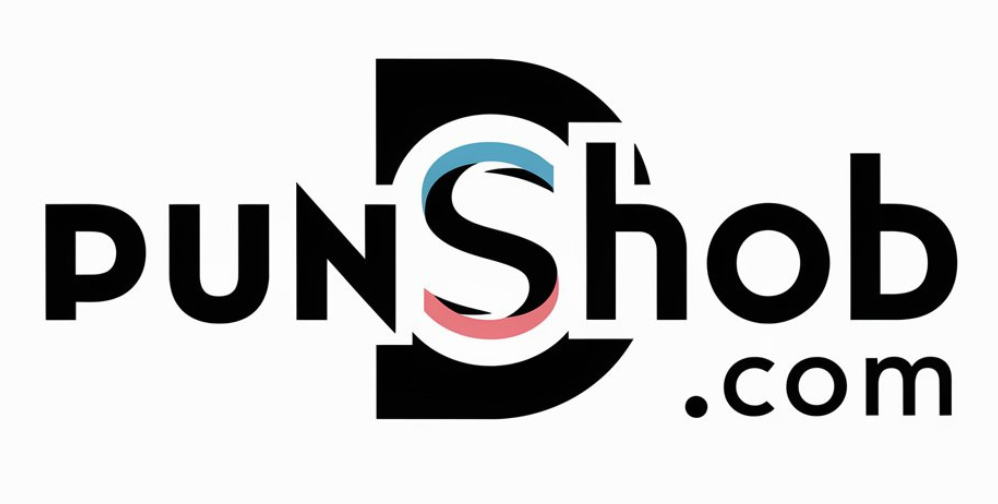
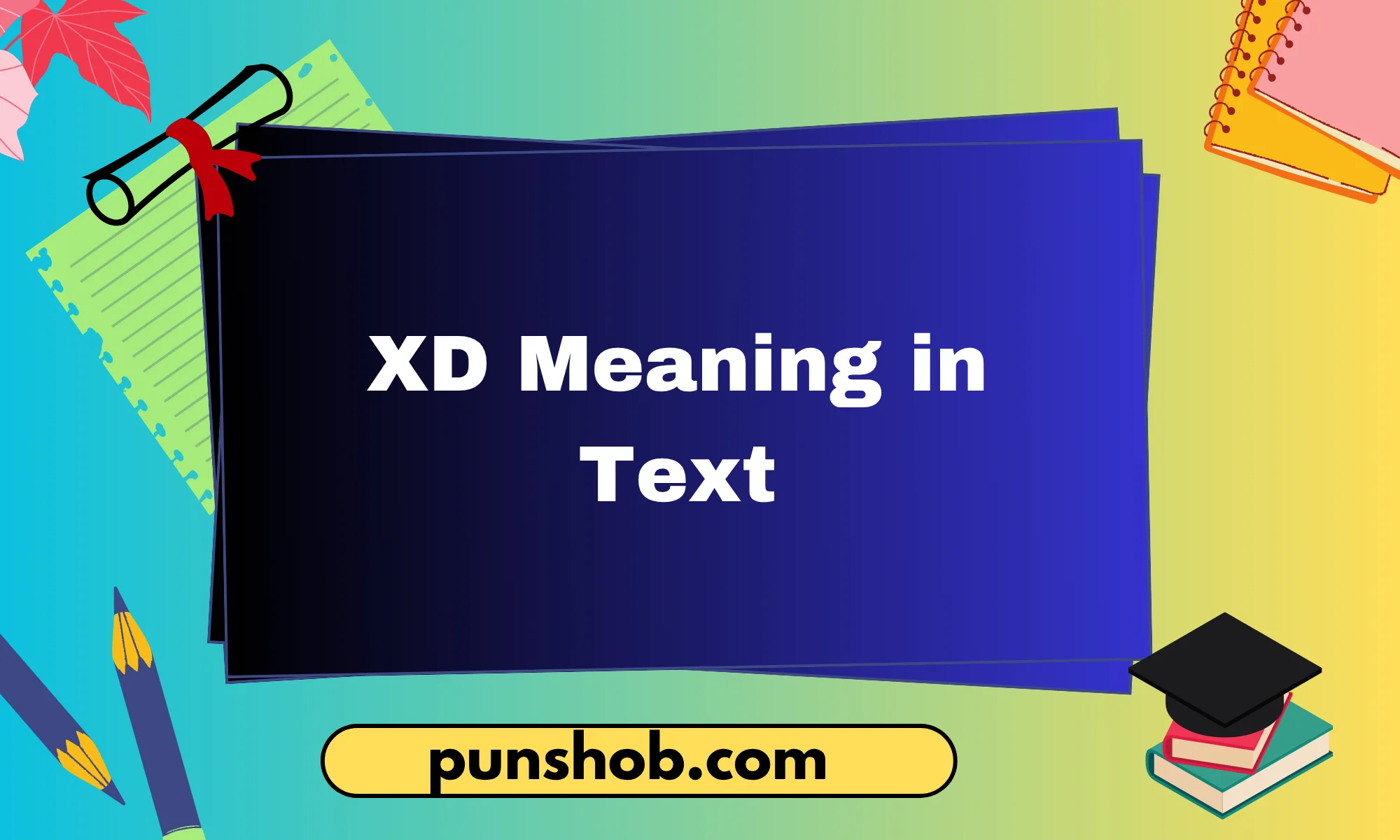
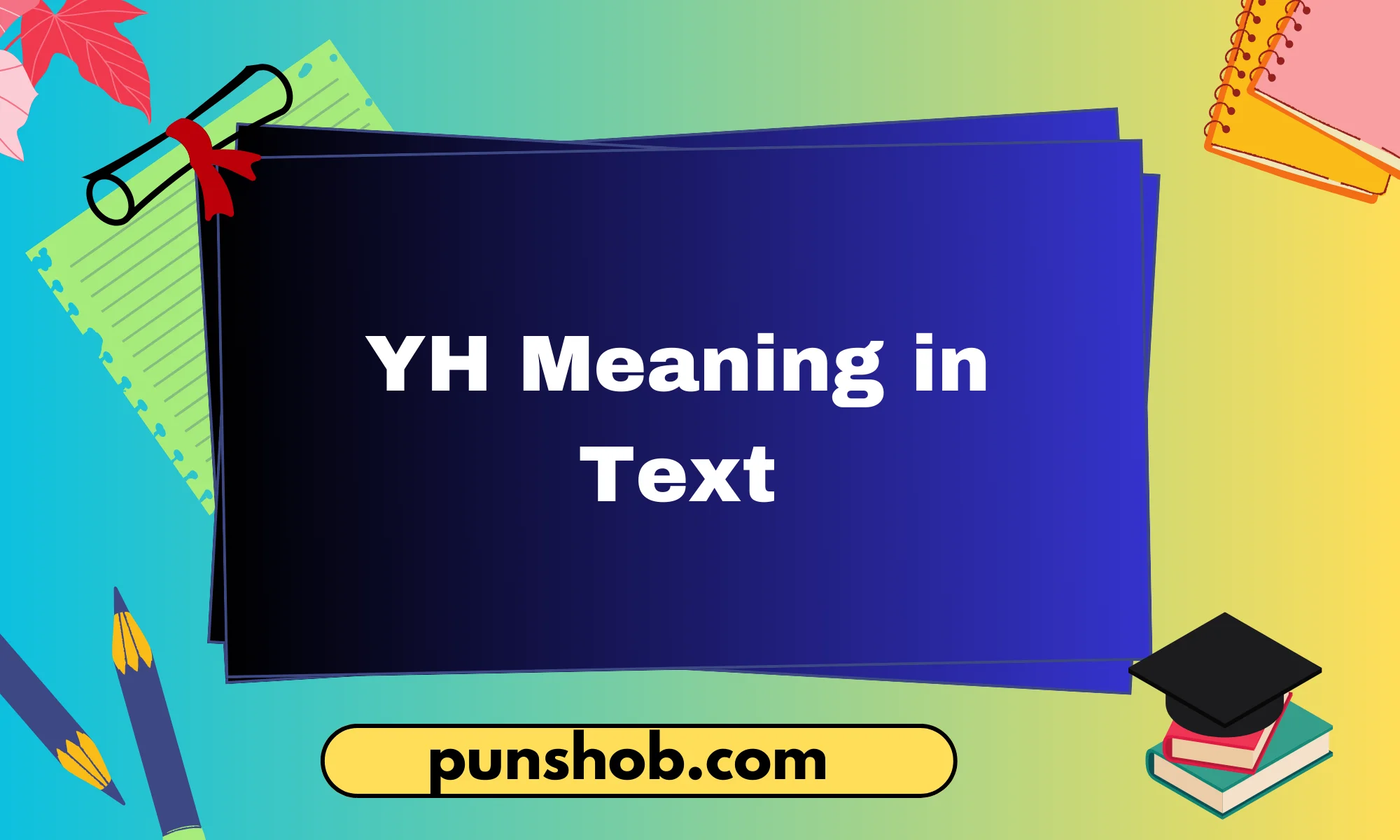
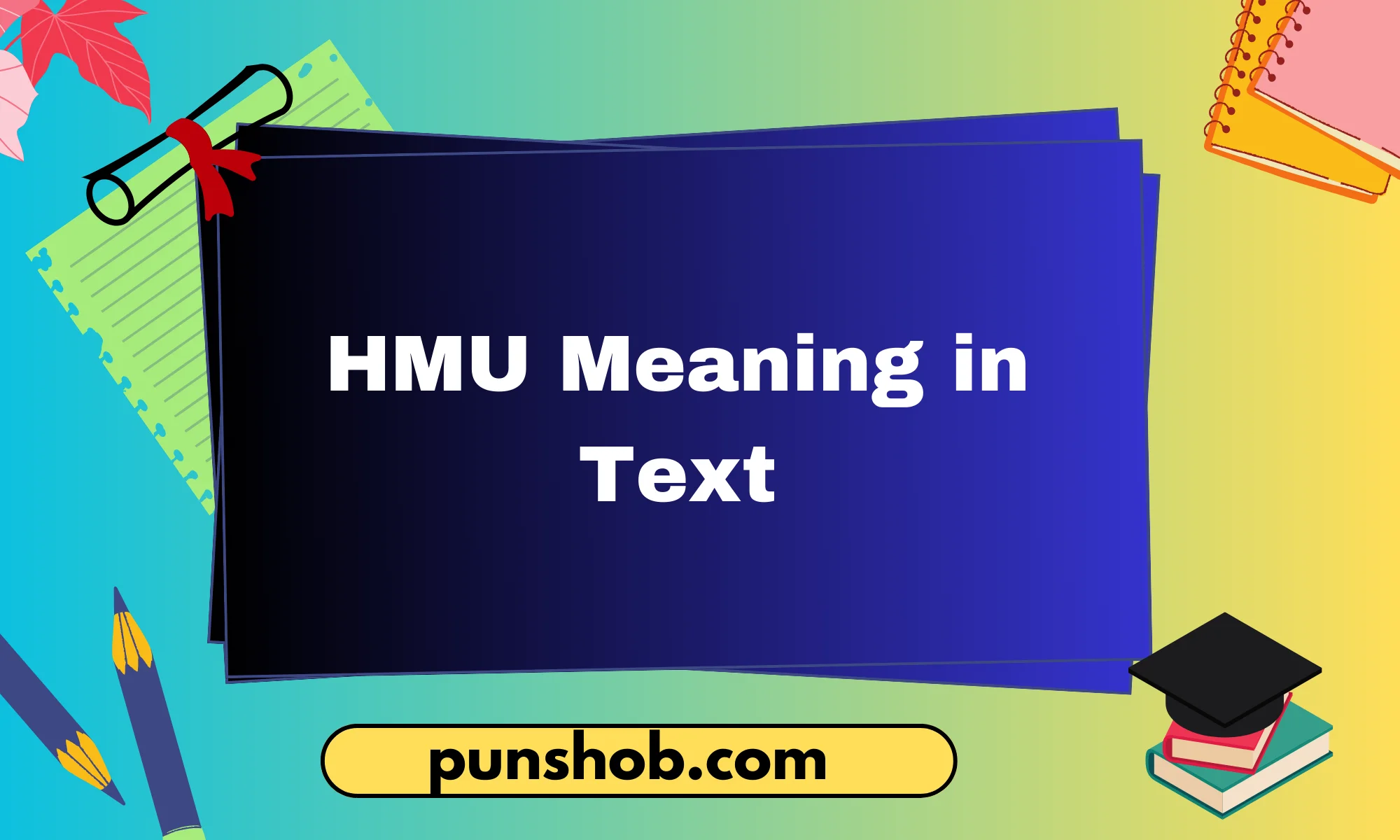
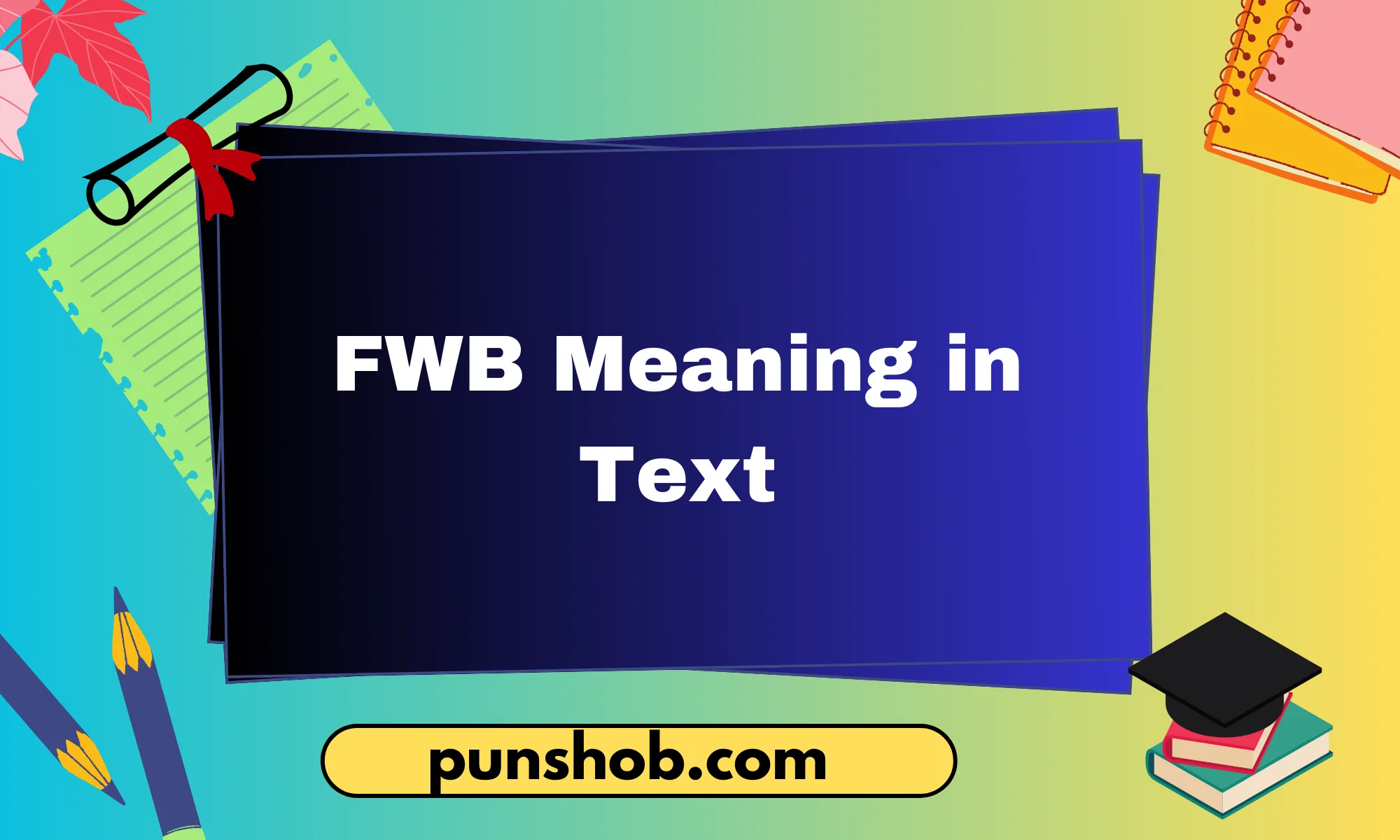
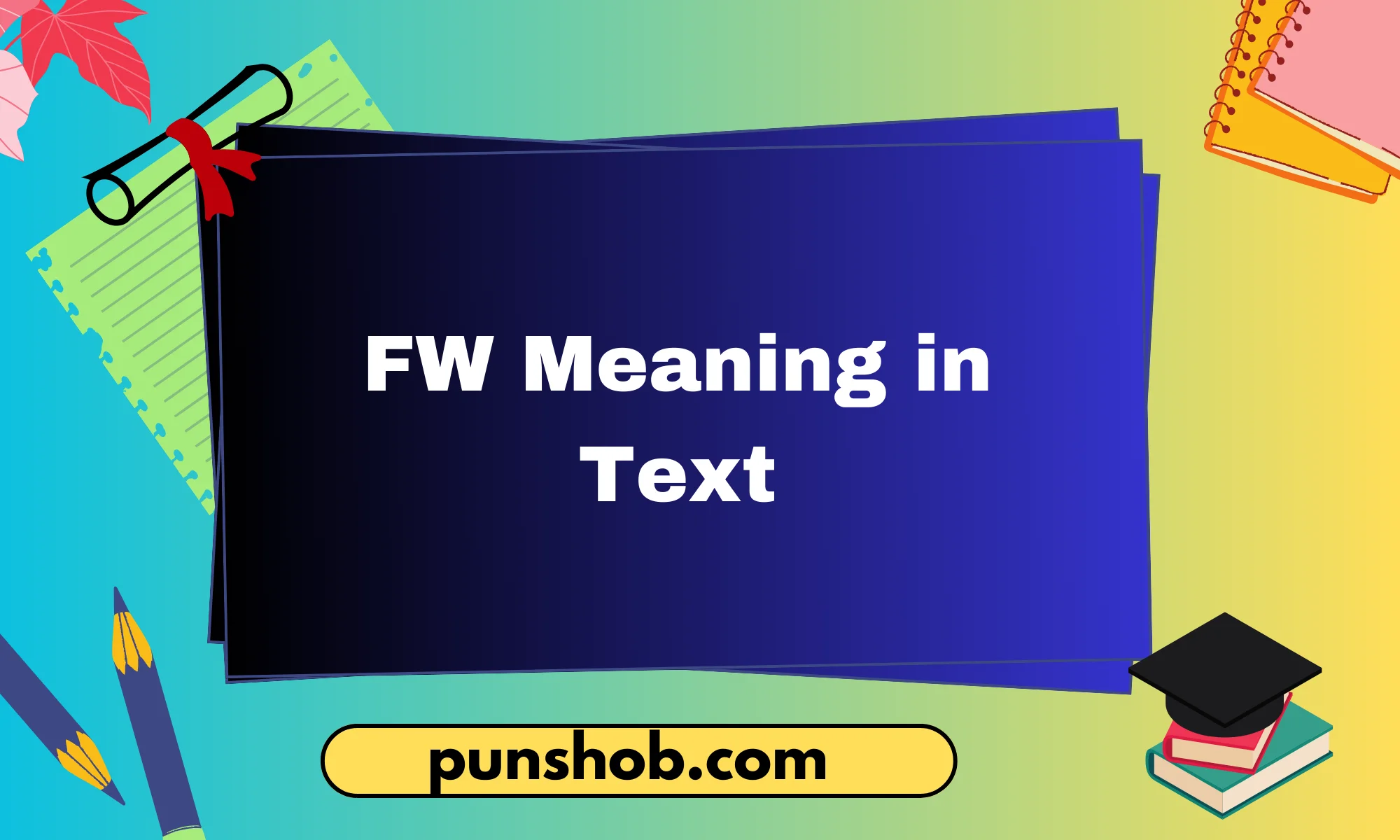
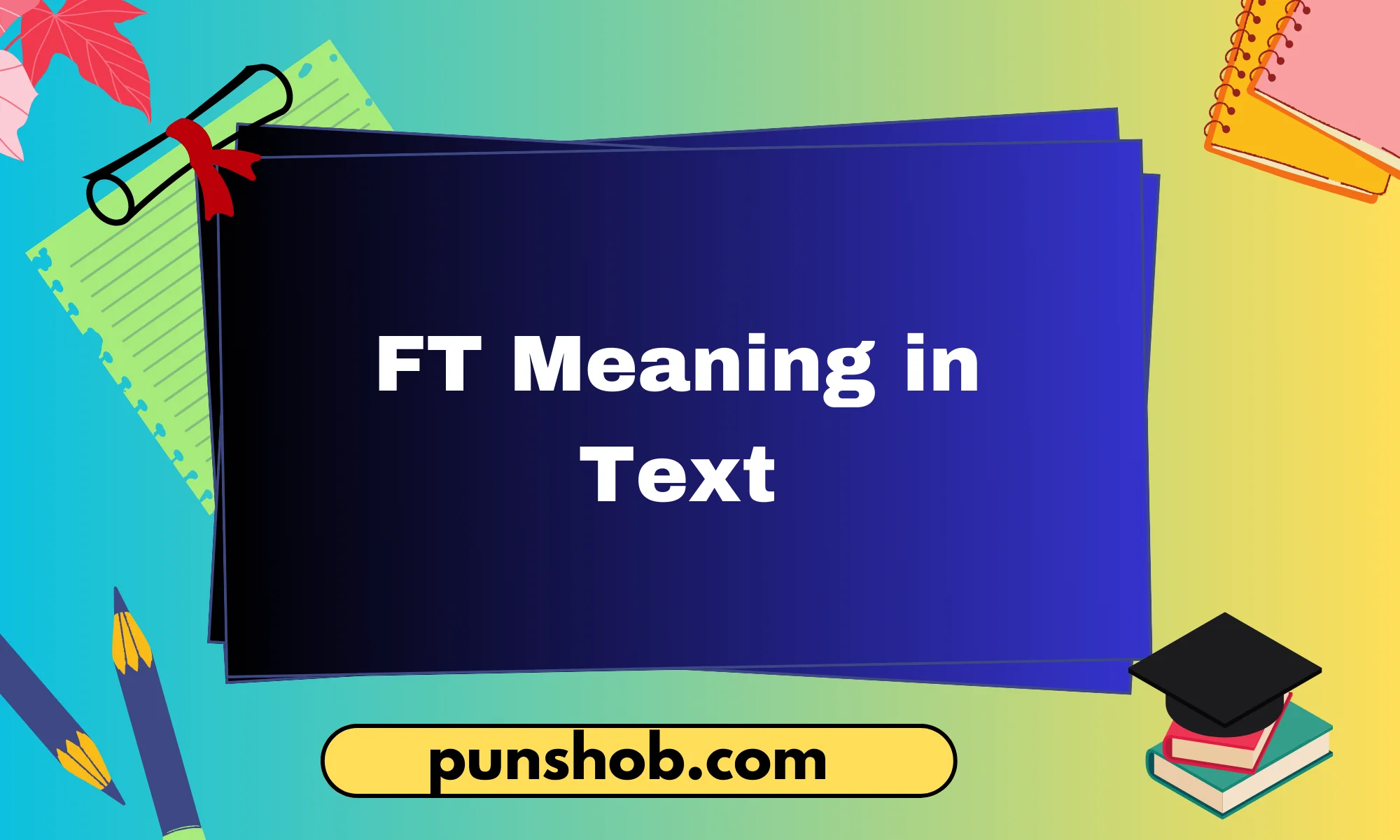
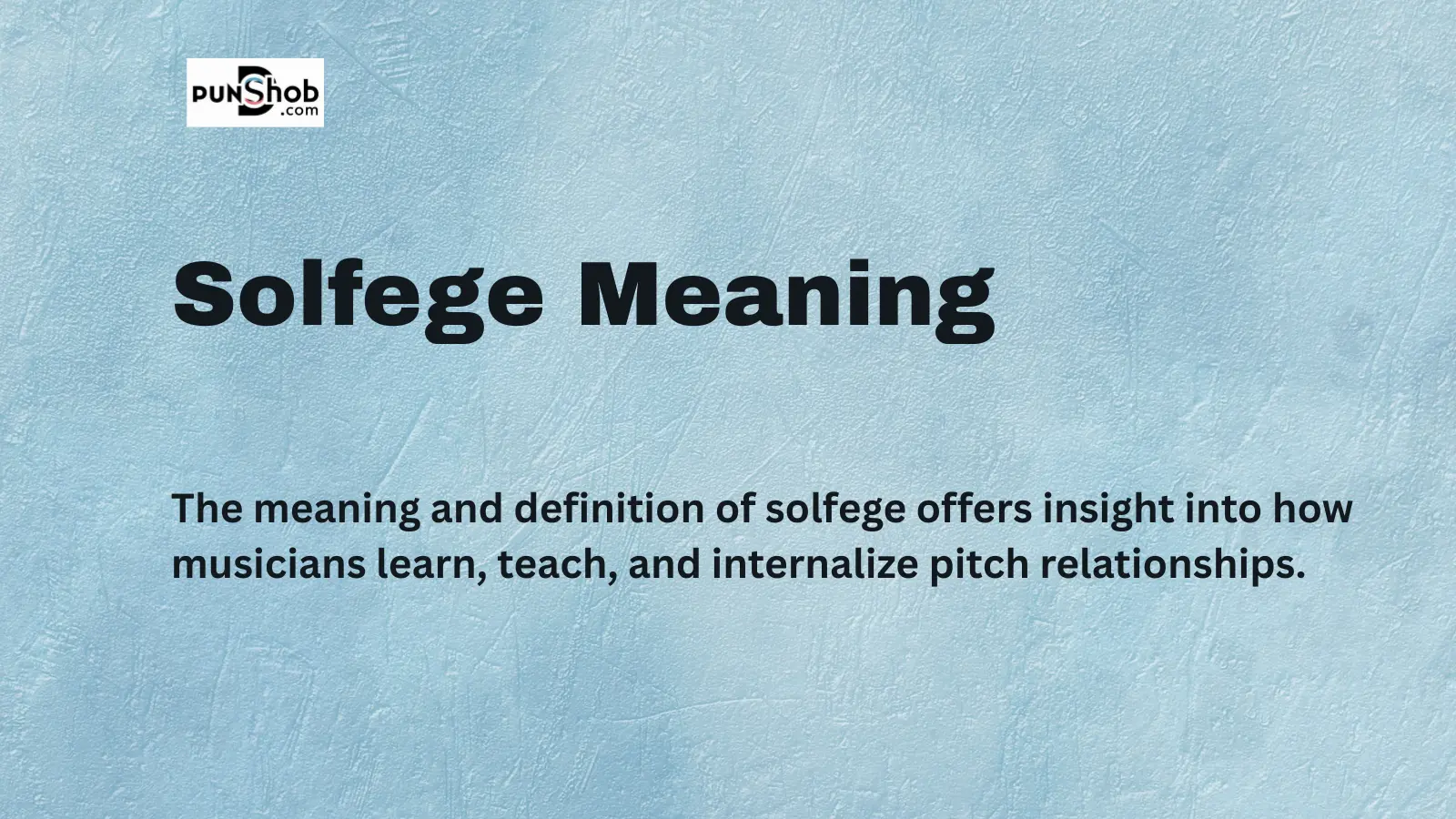

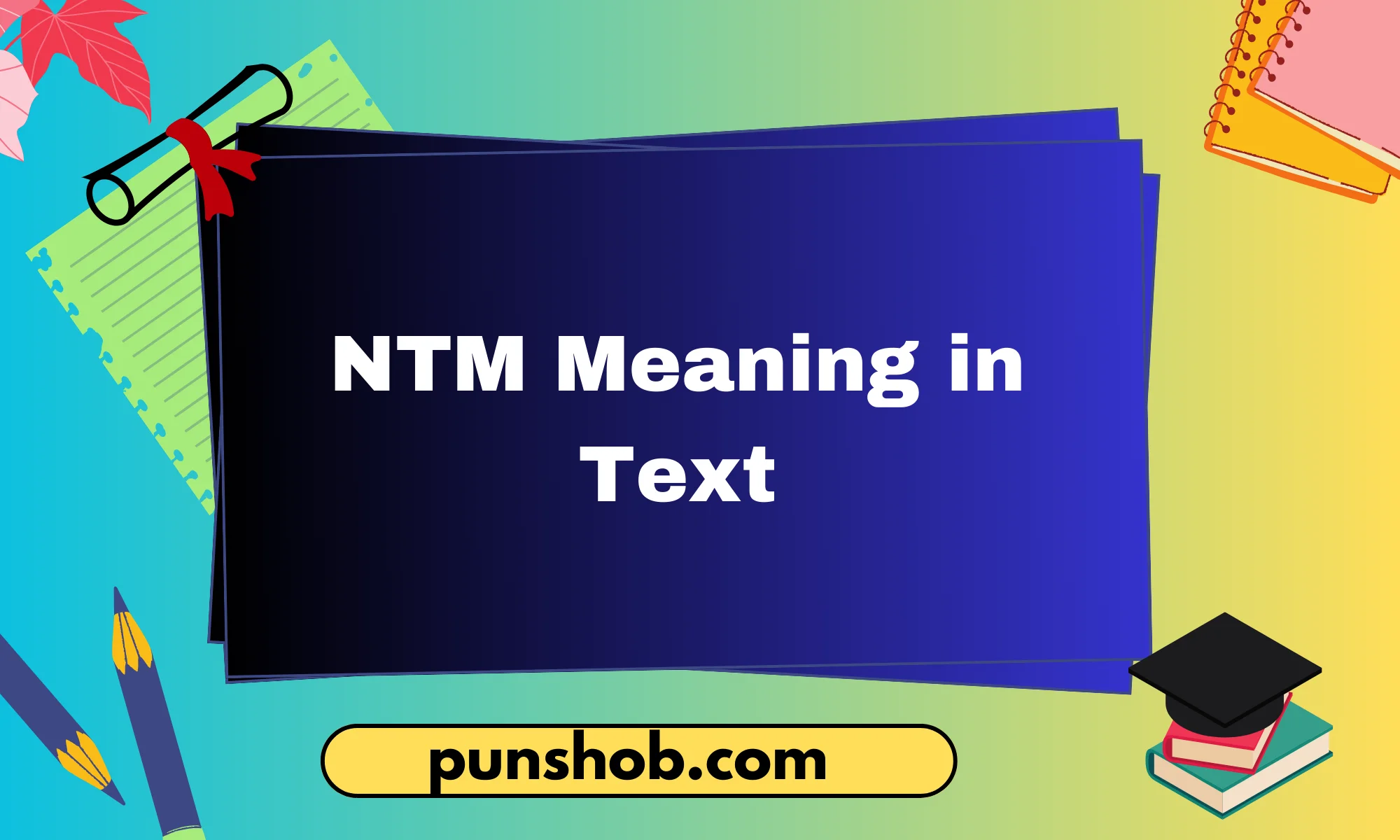
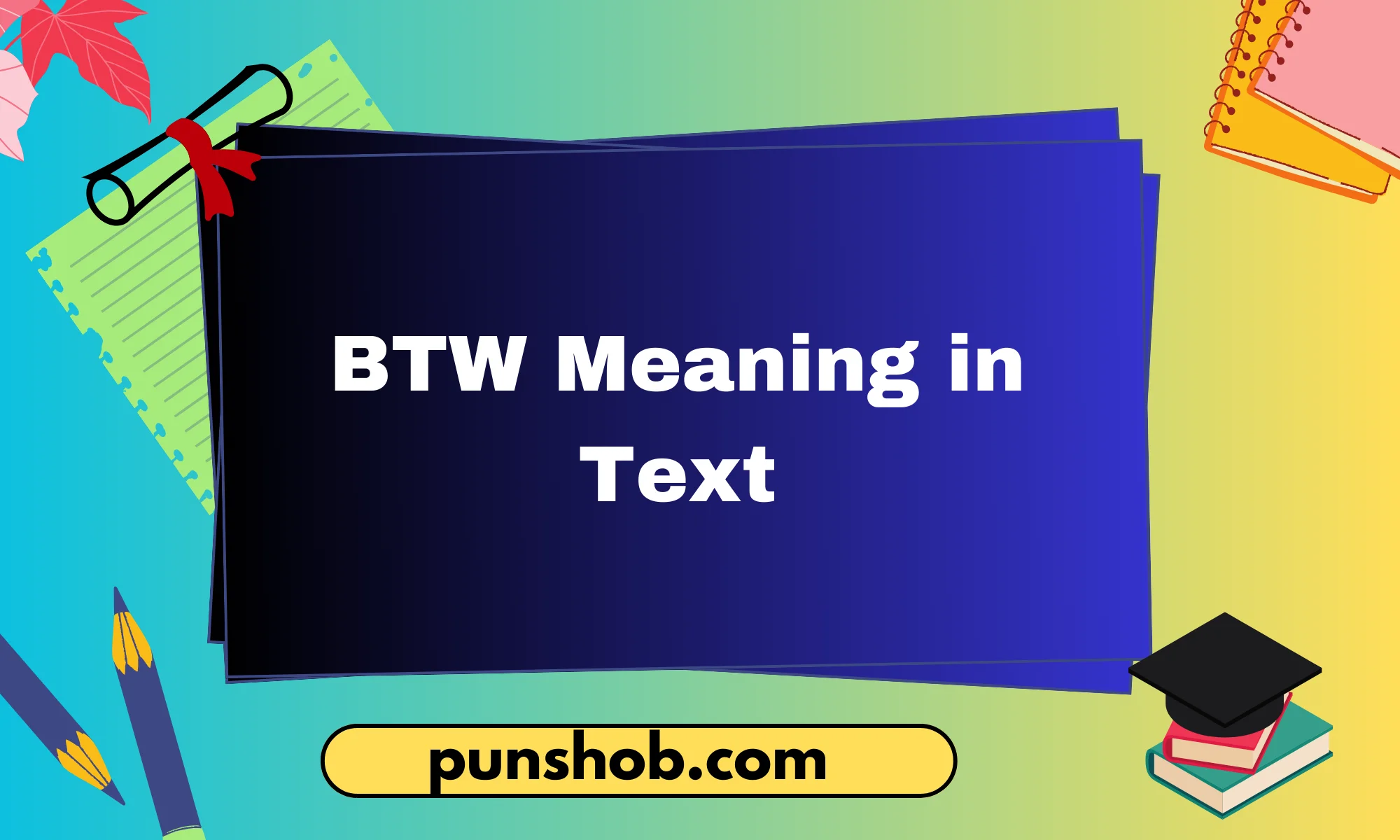
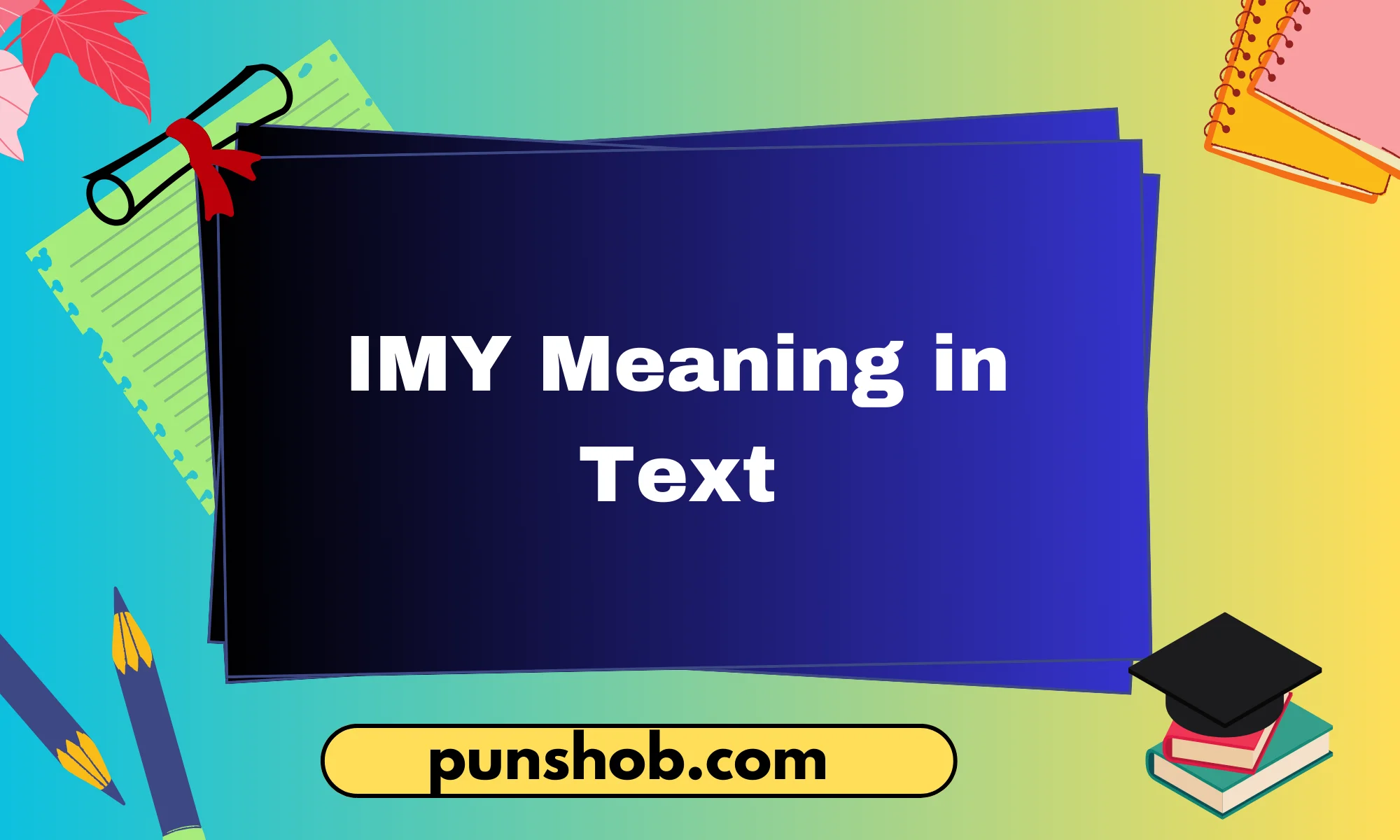
Leave a Reply